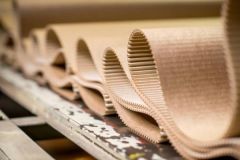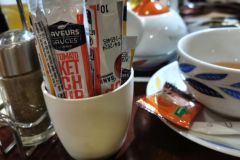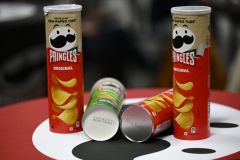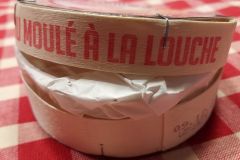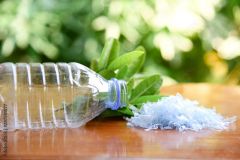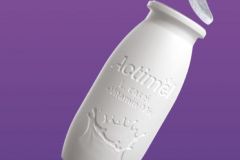The organization Celab (Circular Economy for Labels) which aims to increase the recycling rate of self-adhesive label stock, conducted a survey of paper mills that recycle liner to determine the impact of liner color on recycling.
And the results of this study are clear. Celab strongly recommends that all label producers and users use only white or lightly tinted liners to ensure that they are recyclable.
The backings, siliconized paper, require a specific treatment in order to be recycled in the paper mills. Since paper mills produce mostly white paper, they prefer to receive incoming waste that is also white or very lightly colored.
The proportion of dark backings - mainly dark brown - is only 10 to 20 percent of total non-stick backing applications, according to Celab. The dyes used cannot be removed by deinking and in most applications there is no technical reason to use this dark coloring.
"The most likely explanation for the use of dye to color the liner is historical and/or for marketing reasons "The trade association believes that this is a good thing.
The relatively small proportion of brown liners does not justify investing in sorting or other separation methods to remove the dark-colored liner. And Celab notes that even small amounts of these liners can spoil entire shipments of used nonstick coatings.
Celab also advocates separating light from dark backbones. And since light blue is currently accepted by only a few recyclers, it is considered less favorable than white and light yellow backbone waste.



